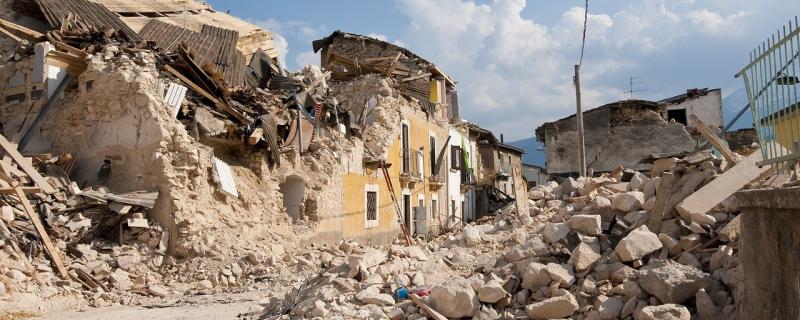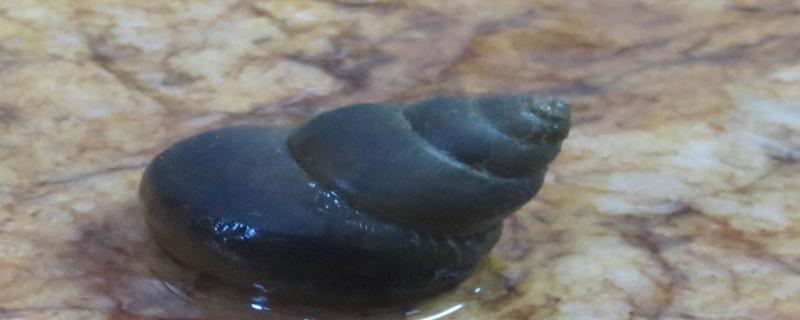In a new study, an international team of researchers have found that large dams have heavily fragmented fish population across the world. Published in the Proceedings of the National Academy of Sciences, the study assessed about ten thousand species of fish worldwide affected by around 40,000 existing dams and 3,700 upcoming dams worldwide. The findings reveal that fish habitats are most disconnected in the United States, Europe, South Africa, India, and China. The proposed dams are poised to further worsen fish habitat connectivity in tropical watersheds like the Amazon, Congo, Mekong and Salween.


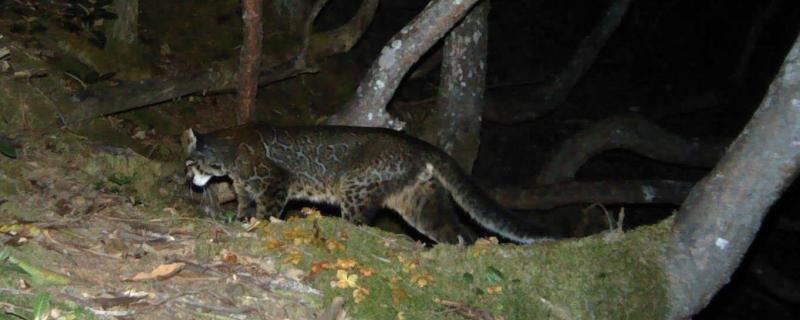
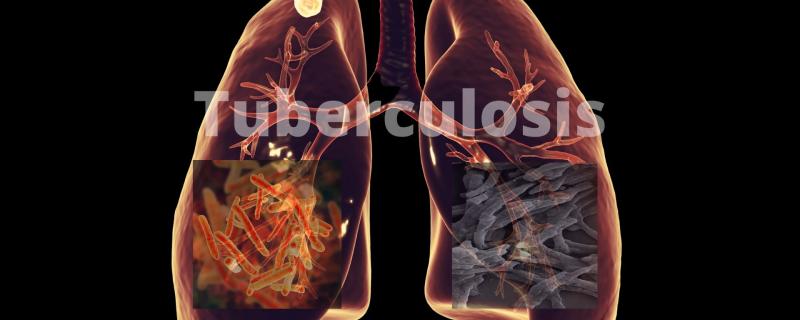
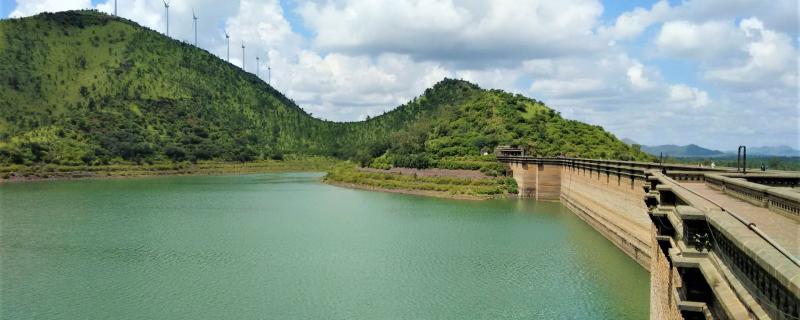
![Floating plastics in a waterbody. [Image credit: Caroline Power, Underwater photographer, Roatán, Honduras] Floating plastics: Nothing to be buoyant about](/sites/researchmatters.in/files/styles/large_front_800x320/public/iitb_13.jpg?itok=IoEqGuPU)
